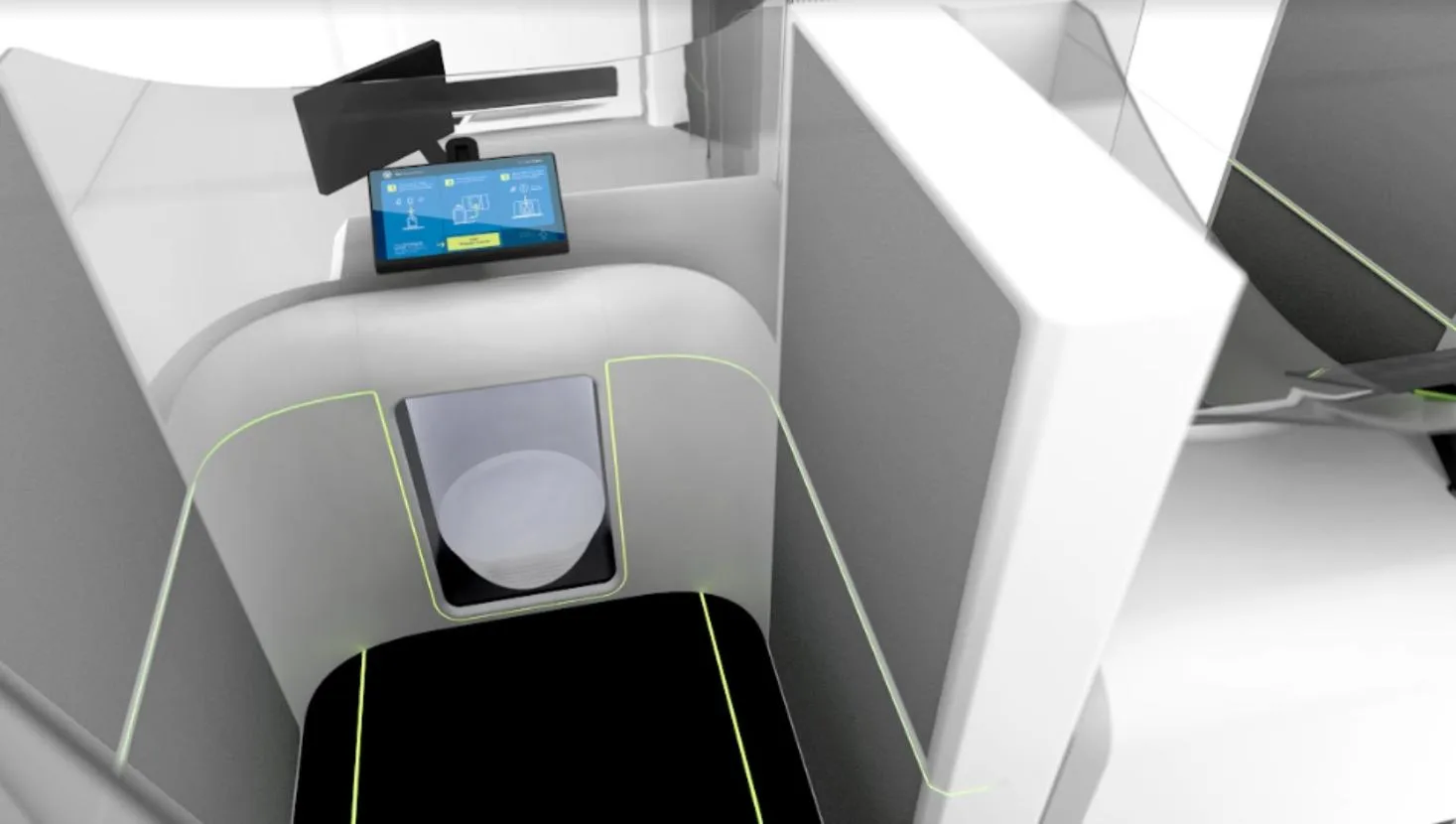A new revolutionary security checkpoint design by Monash University’s Design Health Collab may soon mitigate long airport wait times.
Through Monash University’s Design Health Collab, Australian tech company Micro-X has partnered with American airports to improve and streamline crucial airport security checkpoint processes.
Micro-X has been contracted by the US Department of Homeland Security (DHS) Science and Technology Directorate (S&T) to develop and test a compact self-screening concept that streamlines security processing into a single step.
Design Health Collab is collaborating with other Monash University labs on the project by harnessing research from XYX Lab, leaders in gender-sensitive design, and the Mobility Design Lab, whose focus is on improving the physical, environmental and experiential aspects of mobility
The integrated system ensures that passengers and their belongings can be scanned at the same time, while maintaining strict travel security safeguards.
Monash lead design researcher Dr Nyein Chan Aung says the implementation of the new imaging technologies could transform the airport security experience for both travellers and staff.
“This new system design reconsiders every element to serve the user, including the industrial design, floor plan layout, lighting, ergonomics, materials and user interfaces,”
“The checkpoint aims to maintain effective security while improving the throughput and passenger and operator experience.” says Dr Aung
The new design will provide a ‘pre-notice’ message to inform passengers that they have forgotten items in their pockets so they will be forewarned if the on-person screening detects an object while preventing nuisance alarms.
“In the “real world,” connecting technology and passengers’ experience is crucial to the success of the design.”
“Undertaking a user-centred design approach is critical to the success of new technologies and ensuring that the workflows allow for optimal system performance while maintaining ease-of-use, convenience and dignity for passengers from all walks of life,” said Dr Aung
Dr Brian Gonzales, Chief Scientist of Micro-X and the CEO of the company’s US subsidiary, agrees.
“World-class scanning technology needs to be combined with great design to be effective.” says Dr Gonzales’
According to Dr Gonzales the interface between the checkpoint system and the person is what makes the technology work for humans.
“People need to have a good experience and the design needs to consider people’s wellbeing, movement and flow.” he said.







